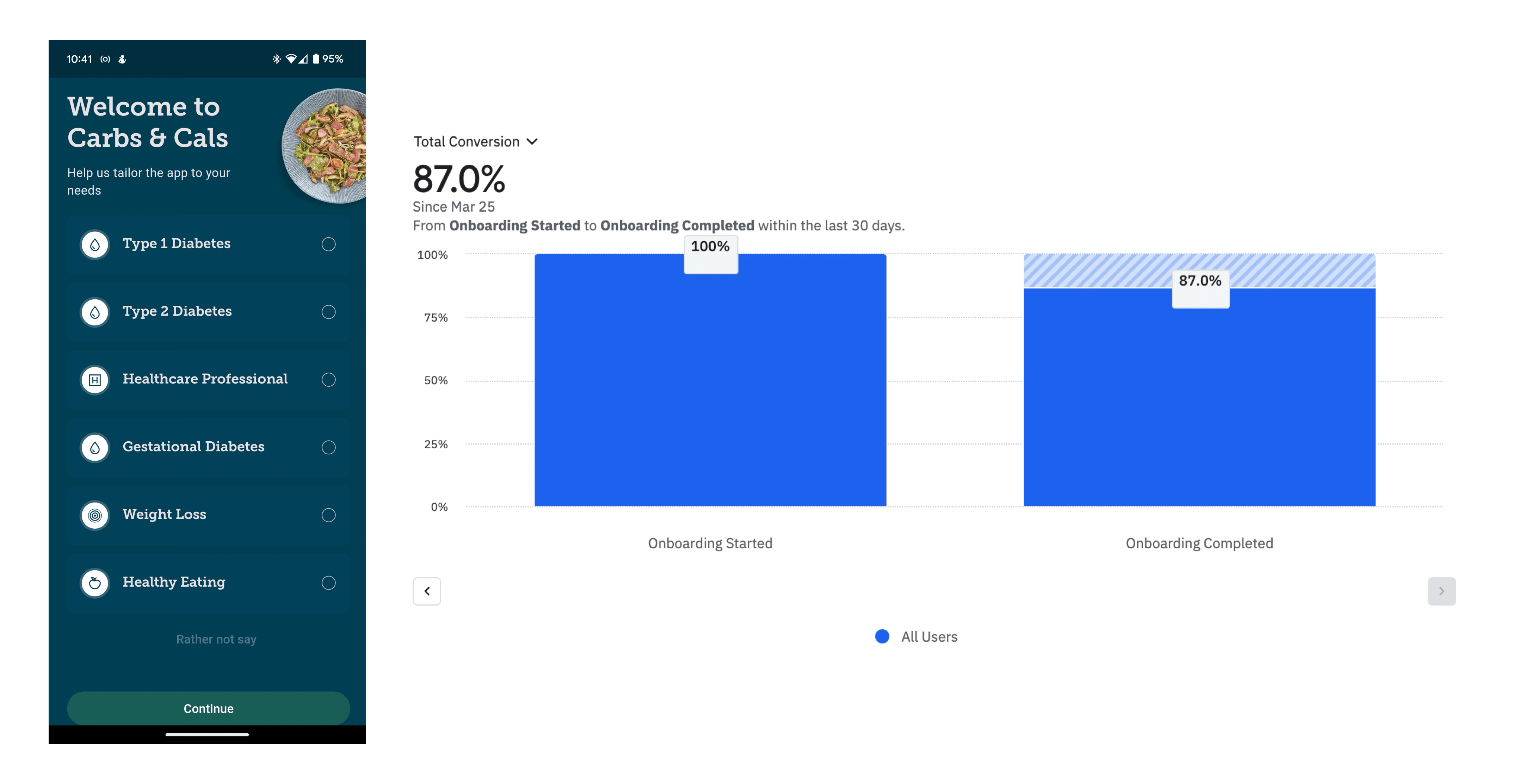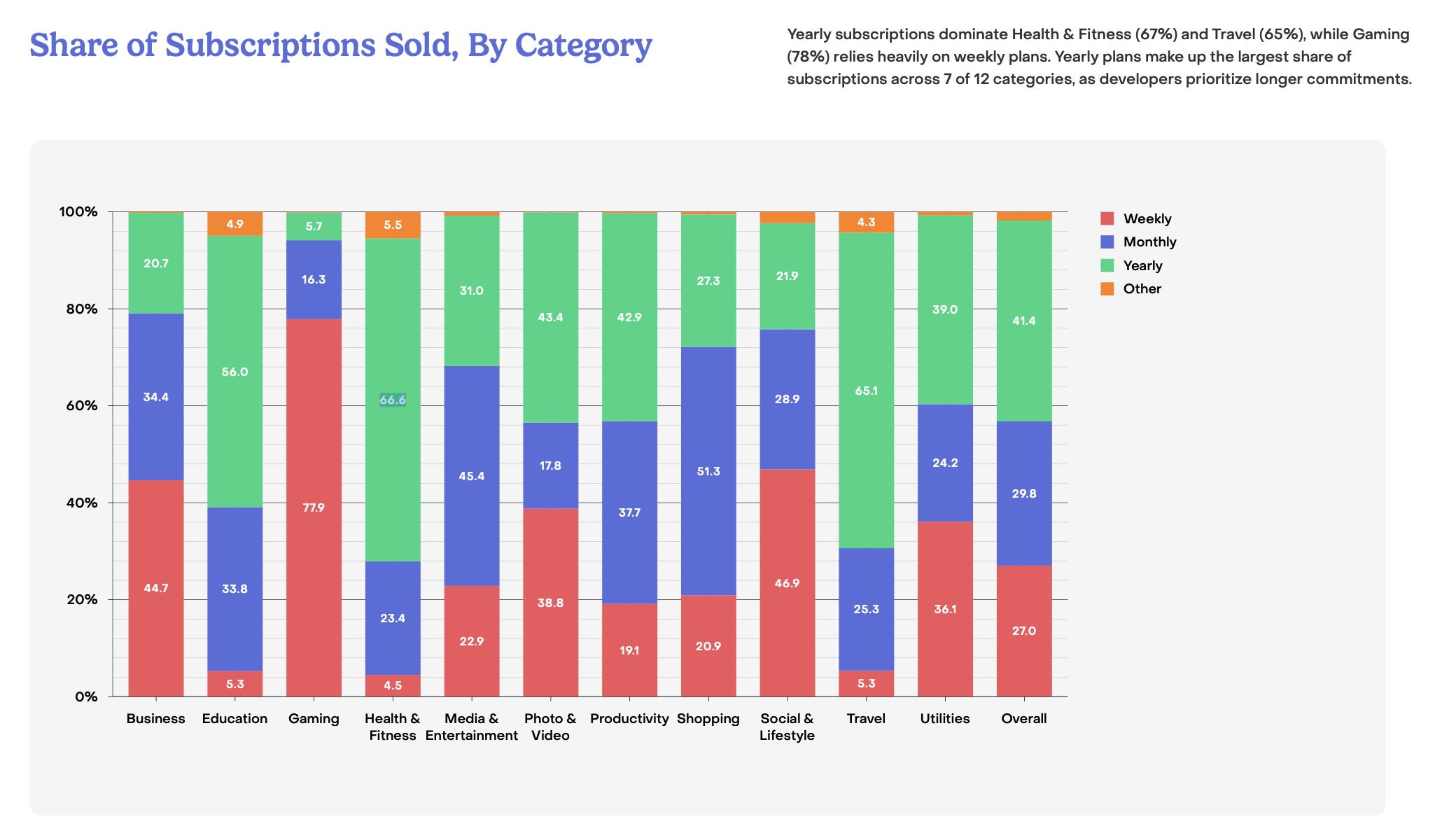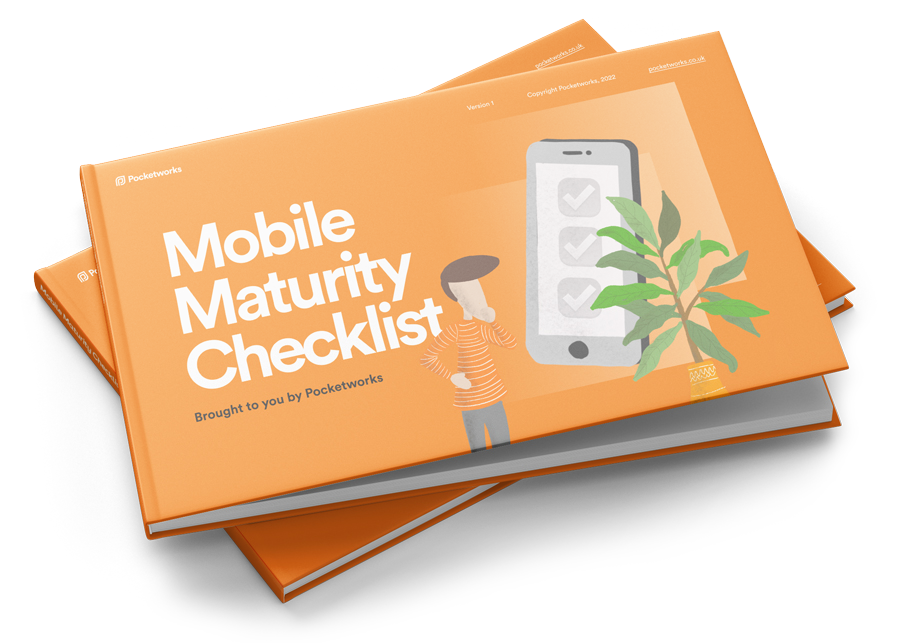According to RevenueCat's 2025 State of Subscription report, just 20% of newly launched apps manage to reach $1,000 (about £750) of monthly recurring revenue (MRR) in their first two years and only 5% reach the $10,000 (about £7,500) mark. If you're a technology leader looking to create a profitable subscription app, it pays to understand the challenges - this stuff is really hard.
A dangerous misconception is "build it and they will come", the assumption that because you've built an app that you believe in, users will naturally follow suit. The brutal reality is that 99% of apps fail, and the average app loses 77% of its daily active users within just three days of installation.
"Most founders know their churn rate, but few understand how it caps their company's growth potential and massively impact profitability."
Dan Layfield, Subscription Index
These statistics tell a sobering story about the subscription app marketplace. Despite this harsh landscape, it is possible to navigate these challenges and transform your subscription app into a sustainable revenue generator. The difference between success and failure isn't typically found in flashy features or aggressive marketing budgets – it lies in understanding the human element of app engagement.
With that in mind, let's have a look at some actionable strategies that will help you boost revenue and drive growth.
The retention paradox: Value first, money later
Most app strategies focus heavily on user acquisition, pouring substantial resources into finding new users. This seems logical on the surface – more users should equal more revenue, right? But I tend to think this approach is back-to-front.
In reality, this is "the retention paradox" – retaining users is actually a far cheaper and more effective way to grow active users and revenue. Yet most people focus on acquisition.
Getting someone to download your app is just the beginning of the battle. What truly matters is giving them an exceptional experience from the moment they start the onboarding process. When you get this right, users stick around, and that's when the opportunity for monetisation truly begins.
"The more value per dollar you're able to deliver to your customers, the better that looks and feels to them...If they feel like it's a good deal, they're more likely to tell their friends, they're more likely to stay subscribed."
David Bernard, RevenueCat
Make sure users think your app is essential, not disposable
Subscription fatigue is real. Users are increasingly selective about which subscriptions they maintain, ruthlessly culling those that don't deliver consistent value. So, how do you ensure your app survives these regular subscription purges?
The key lies in audience segmentation. You need to remember that not all of your users are the same. They might use your app at different times of the day, or for different reasons. So, you need a way to group your audience into segments so you can treat them differently. This is audience segmentation.
Through audience segmentation and analysis, you can spot patterns and unique characteristics. For one of the apps I work on, I discovered that a relatively small user segment had a trial conversion rate nearly three times higher than our core users. This insight led me to start thinking about how we could create some targeted marketing campaigns, specifically for this high-converting segment.
"We spend a ridiculous amount of time kind of understanding retention at various kind of points in our customer's journey, and it all starts with who's coming into the app. We spend a lot of time defining at a very granular level who are the relevant personas for Ladder and the programs that we have."
Greg Stewart, Ladder
User research becomes your superpower here. Regularly exploring what different user segments love about your app, what could be improved, and what they might need in the future provides invaluable data for your product roadmap. This approach helps prioritise workflows and identify which features to develop next, all based on actual user needs rather than assumptions.
User experience as a direct revenue driver
I cannot overstate the importance of onboarding in subscription app success. It's the most critical friction point to address when optimising for conversions. According to recent data from RevenueCat, a staggering 80% of trial starts occur on day one, and 20% of users abandon an app within just 30 seconds of downloading.
These statistics highlight why eliminating unnecessary steps in the onboarding flow is essential. With Carbs & Cals, we ask users just one question during onboarding – their reason for using the app. The results speak for themselves: 83% of new users willingly answer this question, and 87% complete the onboarding process.

This single data point gives us enough information to begin tailoring the experience. Once users become more familiar and comfortable with the app, we can gradually collect additional data as needed. The principle is simple but effective: only collect what you absolutely need upfront.
Beyond basic segmentation: Creating truly adaptive experiences
Basic user segmentation – sorting users into broad categories – should be seen as a minimum requirement. The real opportunity lies in creating truly adaptive experiences that respond to individual usage patterns and needs.
This can be as straightforward as reconfiguring the home screen layout to highlight key features for specific user segments. When you capture essential data during onboarding, you can create a personalised experience from the moment a user first sees your home screen, instantly demonstrating value to new users. We've just launched a new feature for Carbs & Cals that delivers better suggestions to users based on the foods they typically view and log in their food diaries. The goal is to remove friction and make it even easier for users to carry out one of the core features of the app.
This approach significantly improves both retention and conversion rates. When users feel the app "gets them" from the start, they're more likely to see it as worth paying for.
"Value creation really comes down to what I'm calling the four R's. Is it robust? Are you delivering value rapidly? Is it repeatable value? Then, is it remarkable enough that people are going to talk about it and ultimately build a community around it?"
Phil Carter, App Growth Advisor




